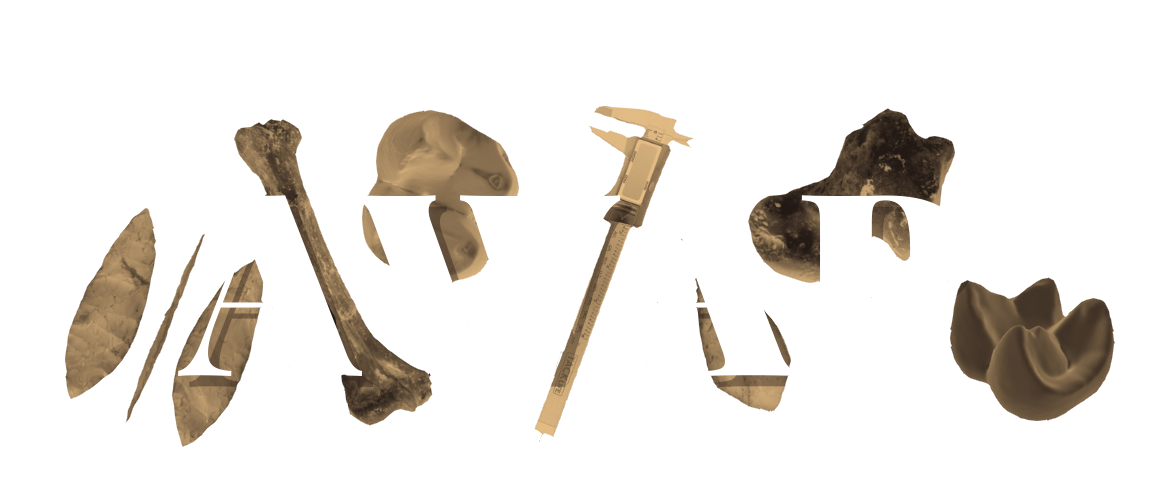who we are ?
The AWAP
Founded in December 2021, the Association for Early-Career Women Archaeologists and Paleontologists (AWAP) bring together members from diverse backgrounds, particularly archaeologists and paleontologists, committed to advancing gender equity and parity in science.
Our Objectives
Our primary goals include:
Strengthening the community of women archaeologists and paleontologists
Elevating the visibility of their work, particularly that of young and early-career researchers
Facilitating dialogue and interdisciplinary collaborations between paleontologists and archaeologists to address scientific questions overlap
Additionally, we aim to create spaces for discussion on the challenges faced by women in our disciplines, propose concrete actions for progress toward gender equity in science, and promote the work of women scientists to inspire and encourage scientific vocation among future generations.
Key Figures
287 early-career women researchers have shared their work with an international audience during VCWAP editions.
34 women paleoartists have displayed their reconstructions in the Virtual Paleoart Gallery.
13 early-career women researchers and paleoartists have received awards to support their careers.
5 roundtables have addressed critical topics, including the imposter syndrome, gender inequalities in paleontology and archaeology, fieldwork challenges, and work-life balance.
3 outreach activities on paleontology and archaeology have been organized for schools.
Our Journey
Four early-career women researchers shared the same concerns about the under-representation of women researchers in our disciplines (in particular in positions with responsibilities) and the consequences in our Archaeology and Paleontology communities.
Our journey began when they decided to create the Virtual Conference for Women Archaeologists and Paleontologists (VCWAP) in 2021, which inspired the association’s founding later that year.
Since then, the association and the VCWAP have continued growing and achieved significant milestones:
The first VCWAP in 2021, held in conjunction with International Women’s Rights Day, catalyzed the establishment of AWAP, with five founding members.
The VCWAP expanded in 2022, with around 200 participants from 34 countries. With each passing year, our organization team has grown, allowing us to diversify our actions.
In 2023, with support from the Wenner Gren Foundation, the VCWAP evolved into a three-day event with nearly 350 participants from 40 countries. We introduced new elements like GatherTown, exhibitions, and paleoart galleries to enhance participant engagement and interaction.
Our fourth edition of the VCWAP in 2024 attracted 300 attendees from 48 countries.
Throughout our journey, we’ve undertaken initiatives like the “Les Sciences’Elles” and “Evolution in Gender Key” exhibitions, and we engage in outreach activities in schools and exchange letters between children and scientists, fostering their shared passion for paleontology and archaeology.
AWAP's Board of directors
The Board of Directors of the Association for early-career Women Archaeologists and Paleontologists (AWAP) aims to guide the organization of the AWAP’s activities and ensure that it remains aligned with its goals of promoting gender equity in archaeology and paleontology. Responsibilities of the Board include setting organizational policies, managing finances, planning events and initiatives, and representing AWAP in external engagements.
The BoD is currently made up of seven members, including four of the five founders of the association who are automatically renewed (unless they specify otherwise) and three members elected for 2 years.

Emilie Berlioz
CNRS researcher (PALEVOPRIM, France), co-founder of AWAP and VCWAP, and paleontologist, Emilie explores the ecology of Pleistocene ungulates from dental archives to infer human & non-human paleo-environments, and explores the answers of ungulates to (paleo)-environmental changes.
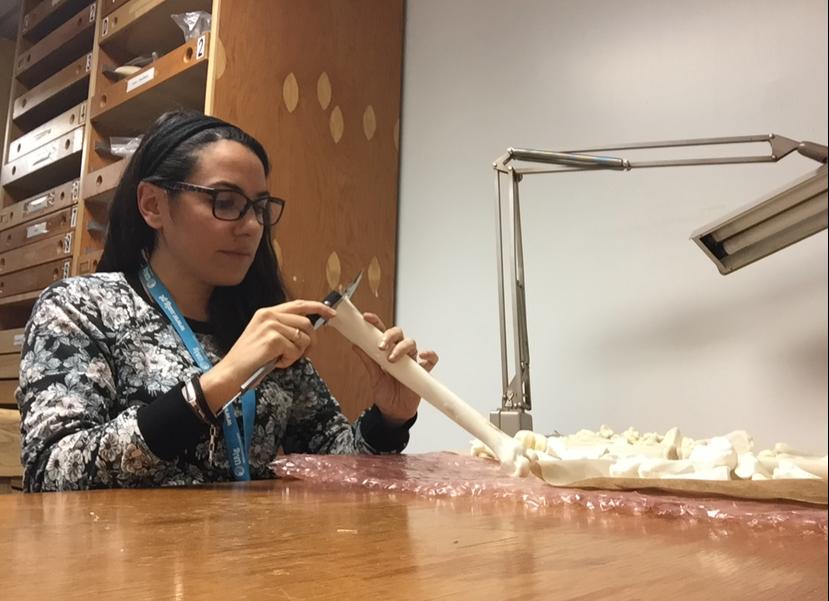
Ana Belén Galán López
Ana is an archaeologist, co-founder of AWAP and VCWAP, and associate researcher at TRACES UMR5608 (France). She specializes in zooarchaeology and taphonomy and is interested in the study of subsistence strategies during the Paleolithic and ecomorphology approaches, mainly through Machine Learning and GMM techniques.
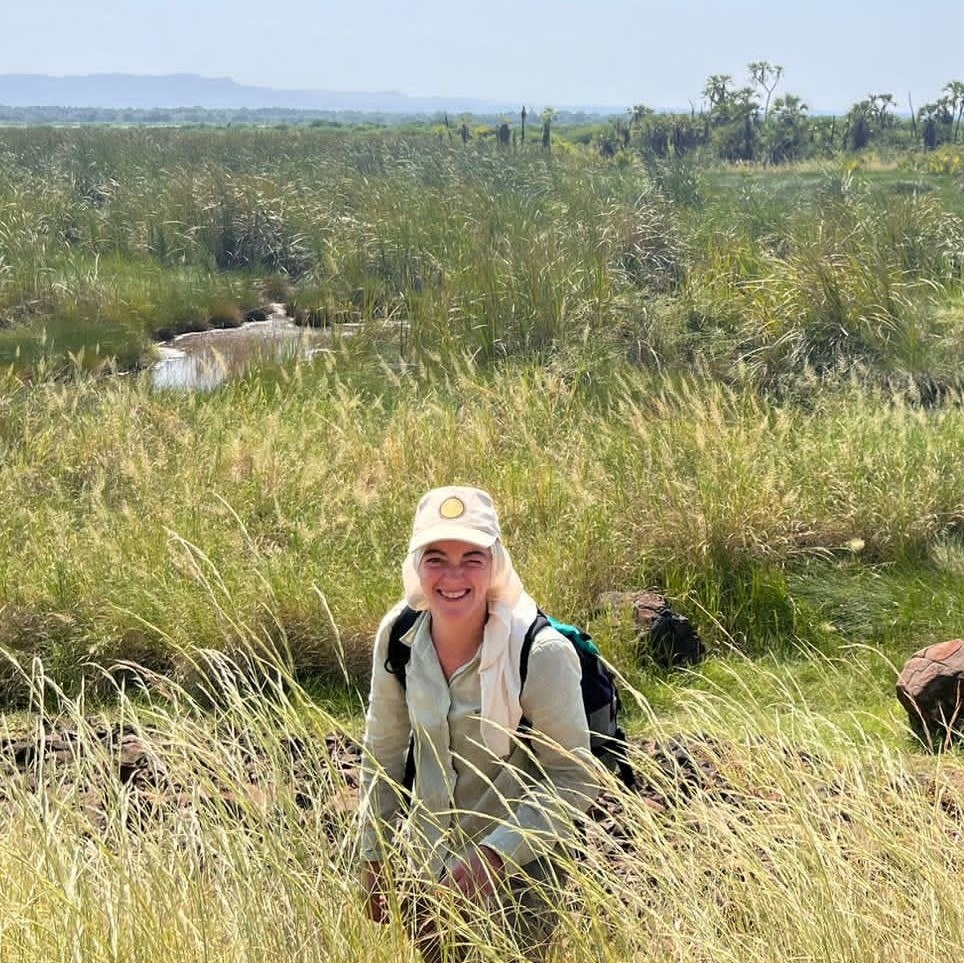
Margot Louail
Margot is a postdoctoral researcher in the Department of Human Evolutionary Biology at Harvard University (USA) and co-founder of AWAP and VCWAP. Her research investigates ecological and evolutionary trends in omnivores (i.e. suids and hominins) from African Plio-Pleistocene ecosystems. She notably uses dental microwear, biogeochemistry, and experimental approaches.
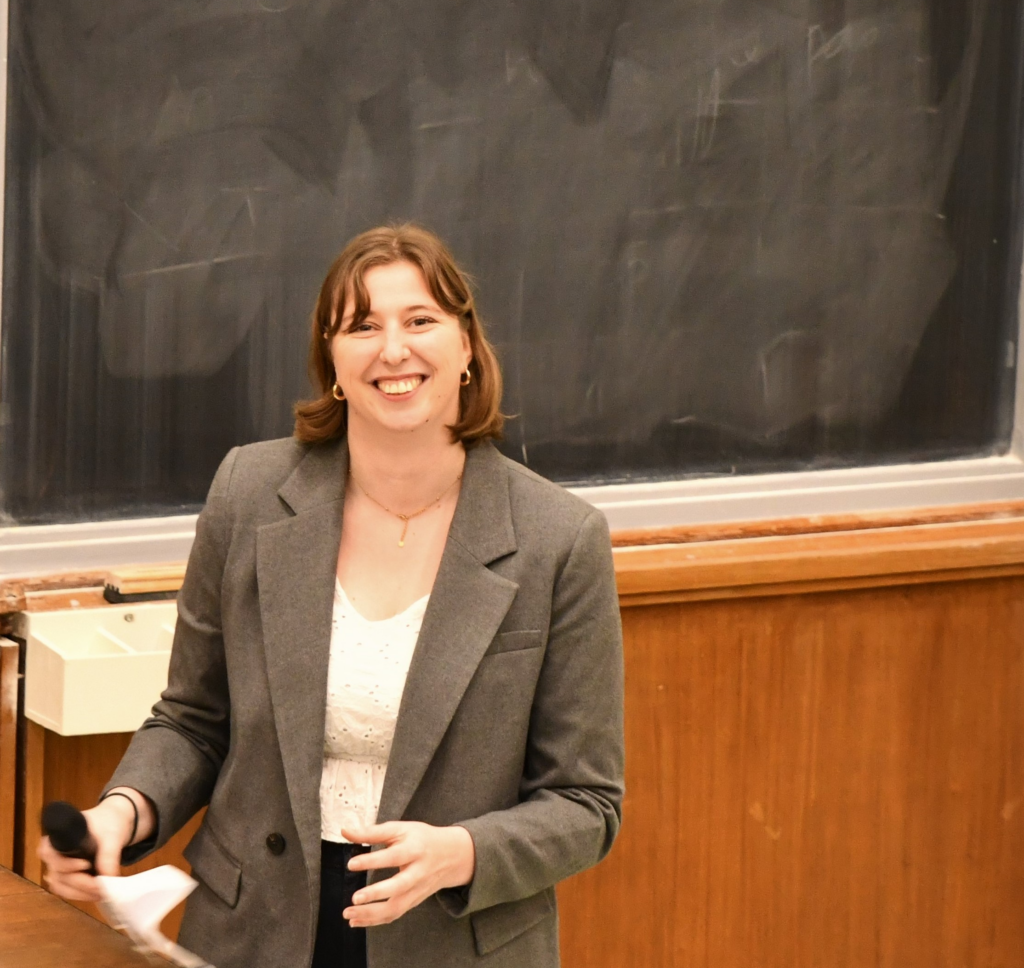
Axelle Walker
Axelle is a postdoctoral researcher in paleontology at CENIEH (Spain) and co-founder of AWAP. She is interested in the relationship between tooth shape and function during mastication in primates and rodents: combining 3D dental topography, 3D geometric morphometry, experimental approaches, and modeling.
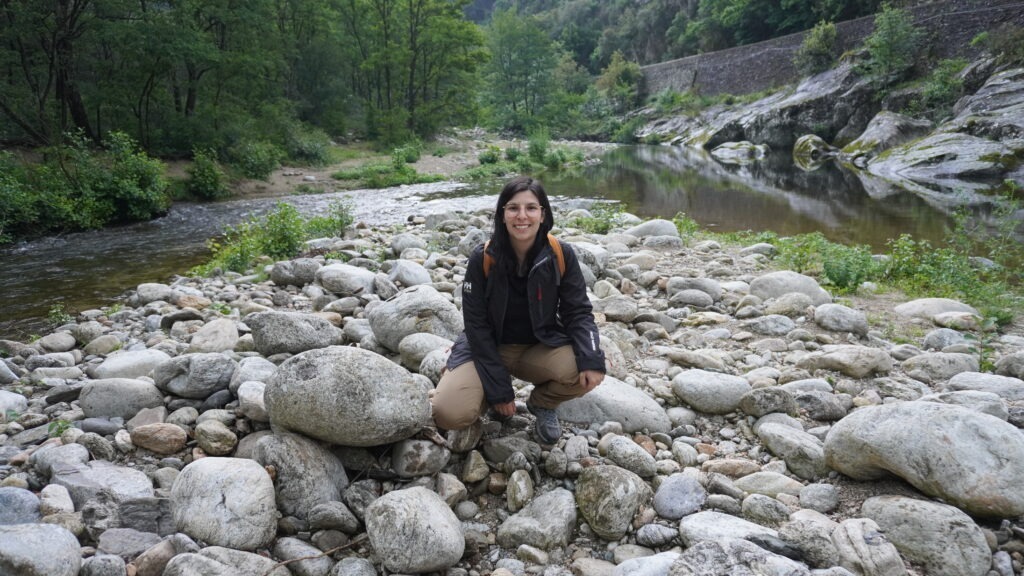
Ana Abrunhosa
Ana is an MSCA-COFUND postdoctoral researcher at IPHES-CERCA (Spain) and an ICArEHB (Portugal) associated researcher. She is an archaeologist studying Neanderthal lithic raw material procurement strategies, focusing particularly on quartz and quartzite.
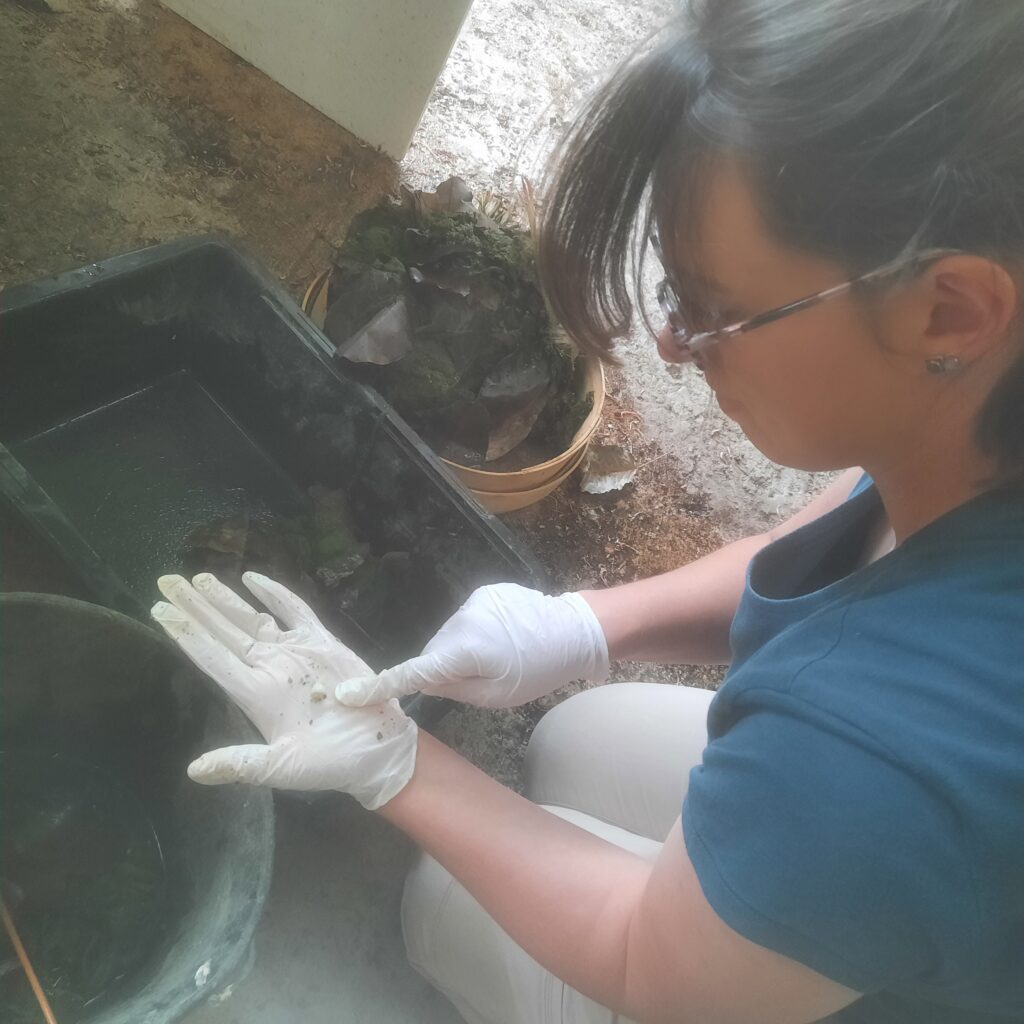
Axelle Gardin
Postdoctoral researcher and lecturer at ISEM (France), Axelle is interested in ancient intertropical African freshwater ecosystems. She studies freshwater vertebrates (fish, turtles, crocodiles, hippos, etc.) using stable oxygen isotopes, faunal assemblages, and skeletal growth, to better understand the variability of paleoenvironments.
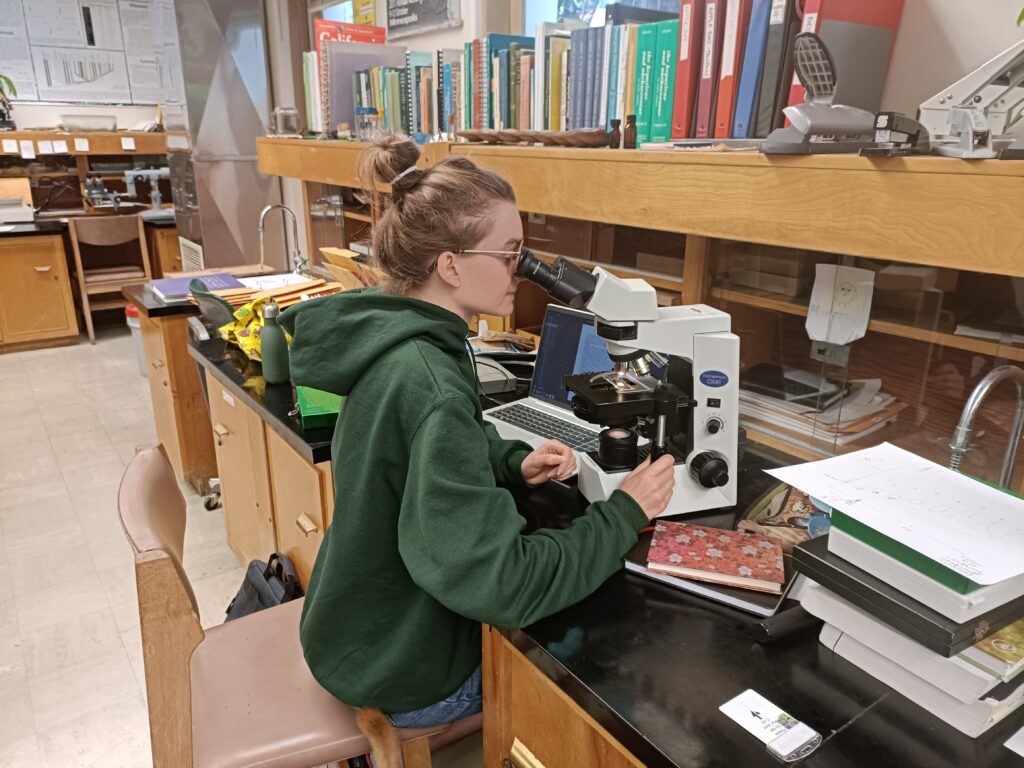
Pénélope Claisse
Pénélope recently graduated with a PhD in paleobotany. Her research interest lies in the resolution of phylogenetic relationships of groups during their diversification phases. This work is achieved with phylogenetic analyses applied on Paleozoic fossils such as Arthropoda and land plants.
Former Board of Directors’ members
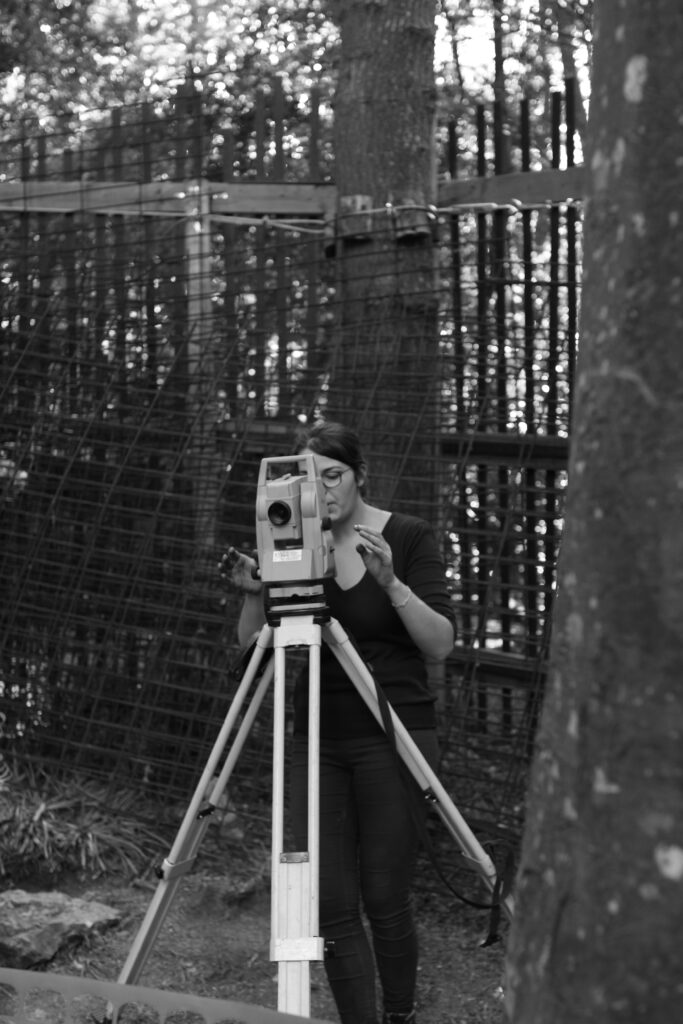
Julie Bachellerie
Co-founder of AWAP and VCWAP, archeologist.
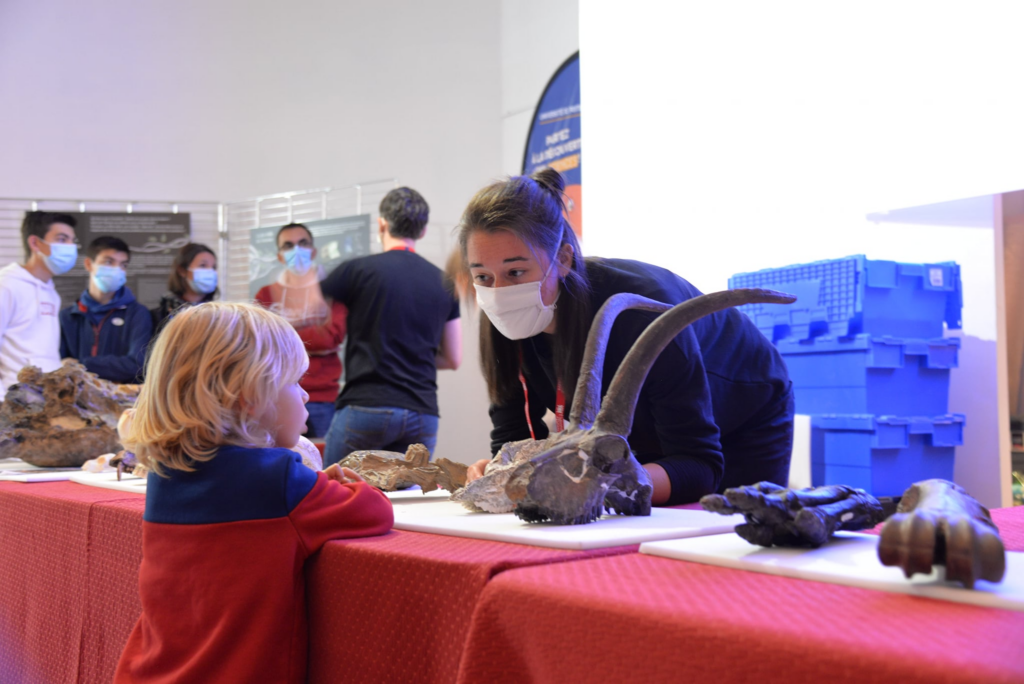
Alicia Blasi-Toccacceli
Alicia is a postdoctoral researcher in paleontology at the Department of Anatomy, Midwestern University, Glendale (USA). She is interested in the relationships between postcranial skeleton and the practice of activities such as stone tool making, bipedalism, etc. She uses comparative approaches such as musculoskeletal modeling and 3D geometrics morphometrics.
